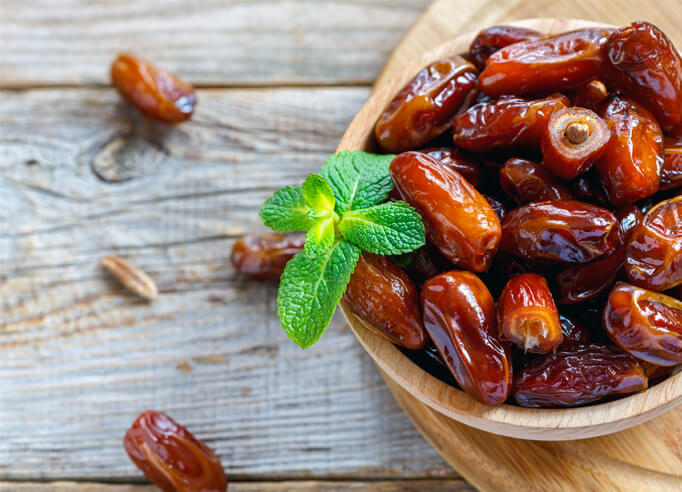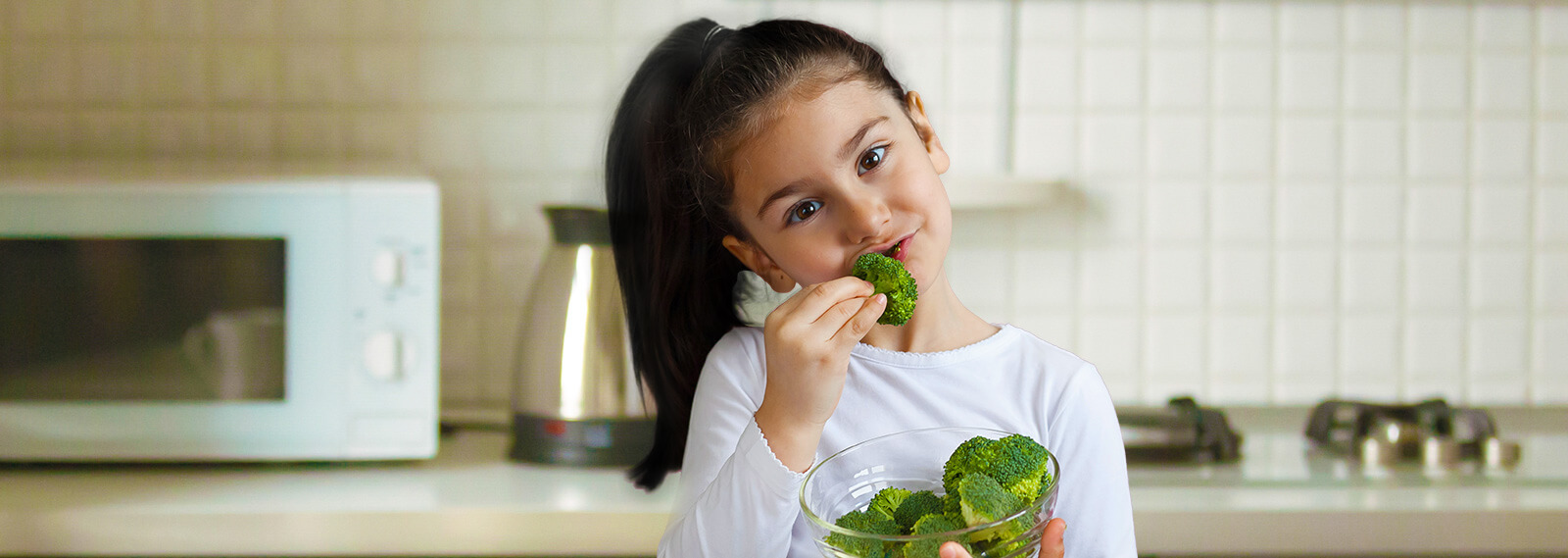Vegetarian Sources of Calcium and Vitamin D
Every parent is aware that children need a wholesome diet during their early childhood and adolescence to grow into healthy adults. But what if they are a falling short of the important nutrients? How can we ascertain they are getting the essential minerals/vitamins?
The key is to ensure young children are receiving an adequate supply of vitamin D and calcium. These two nutrients play a crucial role in building healthy bones and thwarting medical issues like osteoporosis/fractures later in life. In fact, the benefits of calcium and vitamin D are interlinked as they work together. Calcium helps in developing bone mass whereas vitamin D effectively absorbs and regulates the calcium received in the body from digested food.
The simple and best way to ensure kids receive sufficient vitamin D and calcium is by feeding them a range of natural and fresh foods loaded with the nutrients. Here’s a list of vegetarian items which are plentiful in both!
Real Dose of Calcium in Dairy Products:
Dairy products pack the highest amount of calcium and are regarded as the best resources for calcium. The body reportedly absorbs the calcium in dairy items more easily compared to other plant sources. Milk is the cheapest and the finest means of well-absorbed calcium. If your child has an aversion towards milk try and coerce him to consume flavoured milk rather than ditch it completely. Most cheeses are also excellent sources of calcium. Natural and parmesan cheese has the most calcium, while cottage, softer and processed cheese delivers less mineral content. The same goes for yoghurt. Low fat and regular plain yoghurt are high in the mineral. Kids can also eat Greek yoghurt, which is a tad low in calcium but provides extra protein.

Boost Soy in Daily Diet:
Your child won’t or can’t take dairy products? No problem! Soy products fortified with vitamin D are exceptionally healthy and contain a good amount of calcium. Milk, cheese, and yoghurt made from soybeans are a great way to enhance the mineral content in your children’s diet. Pour soy milk over cereals for breakfast or whip up tasty snacks by adding cheese and yoghurt made from soybeans to entice the taste buds of growing kids.
Get Creative with Dark Leafy Greens:
Leafy greens like spinach, kale, peas, and broccoli contain a significant amount of calcium that ensure the recommended intake of the essential nutrients. But it’s often a struggle getting preteens and teens to eat these healthy vegetables. Kids are known to turn up their noses right? And here, moms need to get creative! Consider churning out tempting treats by combining products like cheesy white sauce and other delightful ingredients to enhance the calcium quotient of veggies for the fussy little eaters.
Tiny Nutritional Powerhouses:
Though tiny, beans, seeds and nuts are all nutritional powerhouses brimming with calcium. However, it’s a challenging task for moms to make them palatable for their children. You can boil and mash small white beans/chickpeas in a food processor to create dips and spreads. Also, seeds like celery, poppy, sesame and chia, that are known for high calcium content can be included in the diet of young children by sprinkling them over cereals, vegetables, rice, porridge or smoothies. And yes, don’t forget nuts, especially almonds which are a rich source of the mineral. Give your kids a handful to munch or toss a variety of nuts in salads and cereals for the yummy, crunchy effect.
The Versatile Tofu:
Tofu is another very good source of calcium. The best part of tofu is that it’s extremely versatile. Since it’s nearly flavourless, tofu can be easily used in innovative ways to create a variety of dishes. You can sauté it or add it to scrambles, salads, and stir-fries to name a few. What’s more, tofu sticks can also be used to create mouth-watering and appetising finger food.
Kids, can be picky eaters making it hard for mothers to meet the recommended daily intake of these nutrients just through food. This is where Champ Up milk, fortified with calcium and vitamin D, comes in handy. It is a good substitute and perhaps the ideal way to provide the essential nutrients that a child’s body needs for development during growing years.


